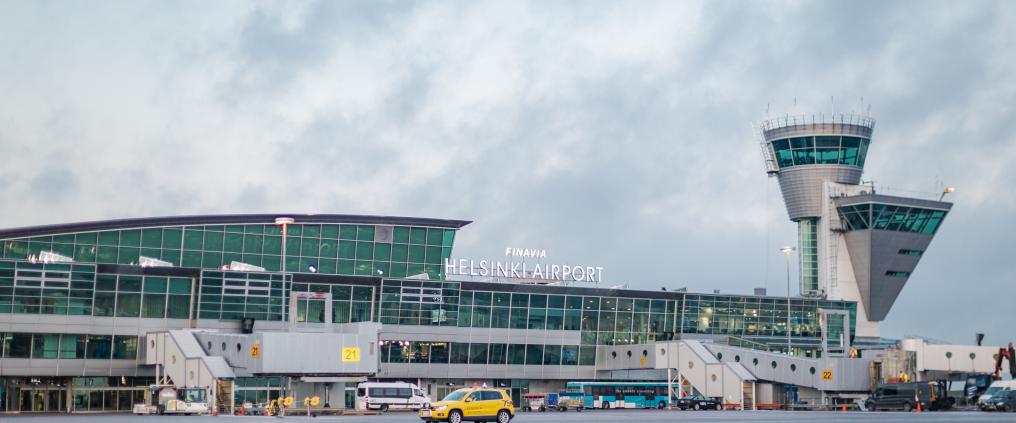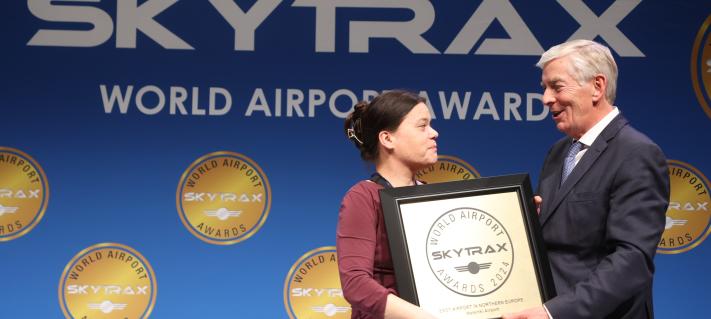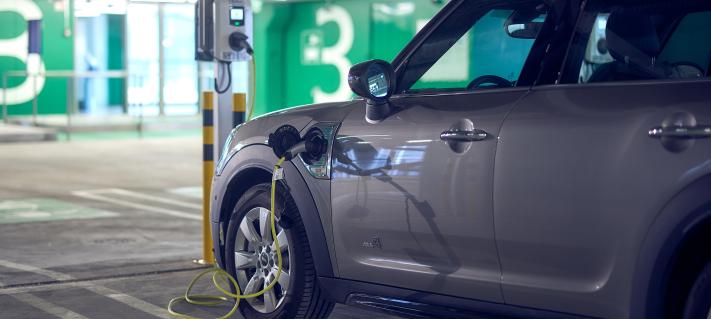Border security measures should be eased by raising the incidence threshold that is too low for the country of risk
The current separate regulation on risk country classification with an occurrence rate of 10/100,000/14 days should be amended swiftly. Certificates should only be checked for passengers arriving from high-risk countries. The incidence threshold should be in line with the council of the European Union.
The current low limit cannot be justified by the risk of an acceleration of the epidemic when Finland's own vaccination coverage has risen to a high level. Also, a separate identification of countries of origin and transit can no longer be considered to be necessary and it is practically impossible to stop each passenger to interview them.
Laborious health screenings cause congestion and unduly consume human resources - cities develop their own model for border inspections
Passenger numbers are rising at Helsinki-Vantaa Airport and in the ports of Helsinki. At present, about 50,000 passengers staying in Finland arrive from abroad via Helsinki-Vantaa Airport every week, going through a congested health screening process. The number of passengers is expected to increase towards the end of the year, and, according to the current estimate, the number of passengers staying in Finland at the end of October would be over 60,000 and at the end of the year about 80,000.
Comprehensive screening will no longer be possible as passenger numbers increase. When the vaccination coverage in Finland is already at a good level and the majority of newcomers are vaccinated, comprehensive screening activities are no longer justified from the point of view of epidemic management either.
The cities of Helsinki and Vantaa, in co-operation with HUS, will develop a model for random checks on passengers within the framework of current legislation, when no changes to the legislation are still being proposed. Elsewhere in Europe, the verification of COVID-19 certificates is largely the responsibility of travel operators, and certificates are no longer checked at the border. The certificates of passengers arriving at the airport have, for the most part, already been checked once by the travel operators, and, in any case, the majority already have full vaccination protection. Also in ports, the majority of arriving passengers are vaccinated.
Staff availability and space issues are the greatest challenges in conducting comprehensive screenings. Personnel involved in health screening and testing at border crossing points are absent from other social and health care. Scarce resources should not be allocated to minimizing risks where the risks are very low. The weekly cost of several million euros in health screening activities must also be considered to be disproportionate to the health benefits achieved.
The tourism and aviation industry, as well as passengers, require a clear and far-reaching view. Ineffective restrictions must be removed. Entry points are Finland's business card for immigrants. We have the opportunity to support Finland's attractiveness as a travel destination by ensuring that the entry experience is smooth and functional. This is important for the future of the Finnish tourism industry.



